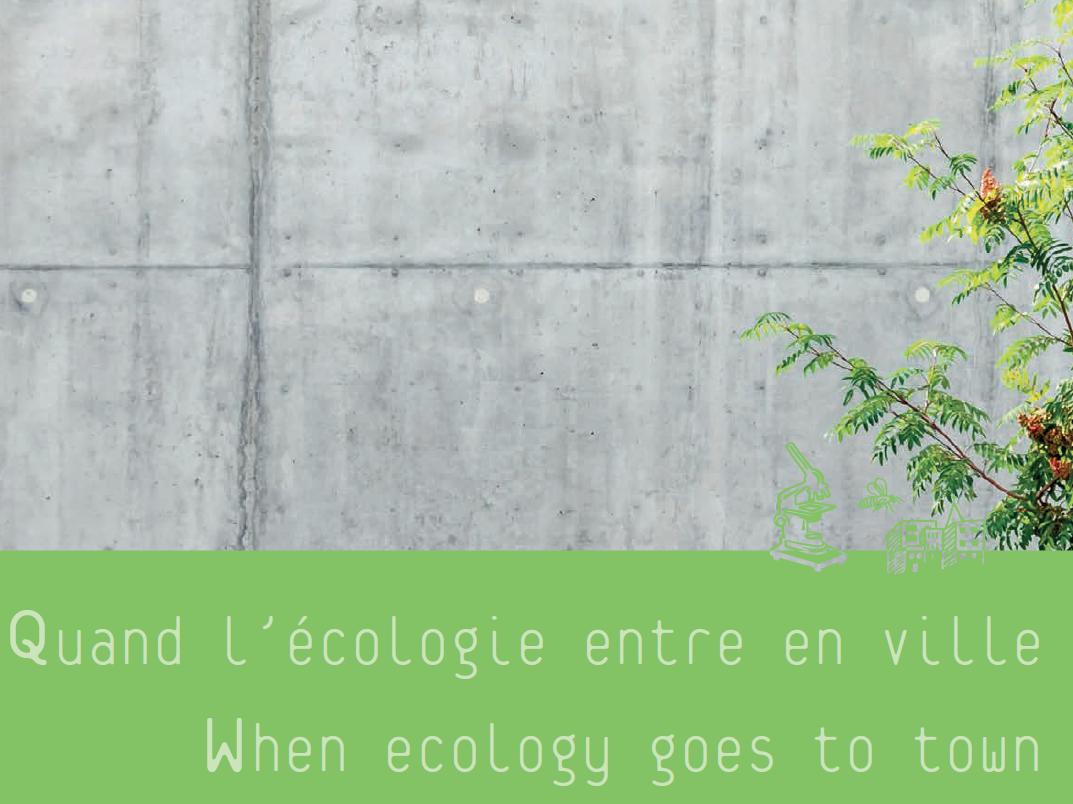Seminar, 6 June 2019,
(14h00 – 15h00) – Géopolis – 3799
Haripriya Rangan, Australia India Institute and School of Geography, University of Melbourne, Australia
How do environmental historians think about space, and how do political ecologists think about time? This is a vital methodological question that has rarely featured in discussions about landscape or environmental change either within or between the disciplinary communities. Although there is ongoing theoretical engagement about scale, it is difficult to find much discussion on how these translate into methods that establish the relevant parameters for analysing environmental and landscape change. How do you determine the extent of the environment for understanding its history of change? How do you determine the duration of time for understanding landscape change?
My presentation will explore these questions using the wide angle perspective of the Indian Ocean, an entity whose spatiotemporal dimensions are formed by the constant mingling of water and land and the movement between them. I will reflect on the theoretical and methodological insights through the example of a collaborative interdisciplinary project I worked on, which examined the environmental history of landscape change in the Ethiopian highlands with palaeoecologists and geomorphologists.
Haripriya Rangan oversees research engagement and government projects at the Australia India Institute, and is a Research Fellow at the School of Geography, University of Melbourne. She trained in architecture and urban planning in India and holds a doctoral degree from the University of California-Los Angeles (UCLA) in urban and regional development. She has taught in the USA at the University of California Berkeley and University of Kentucky, and in Australia at RMIT University and Monash University. Priya’s research focuses on sustainable regional development, natural resource use and landscape management in various parts of the Indian Ocean region, including South Africa, India and Australia.



